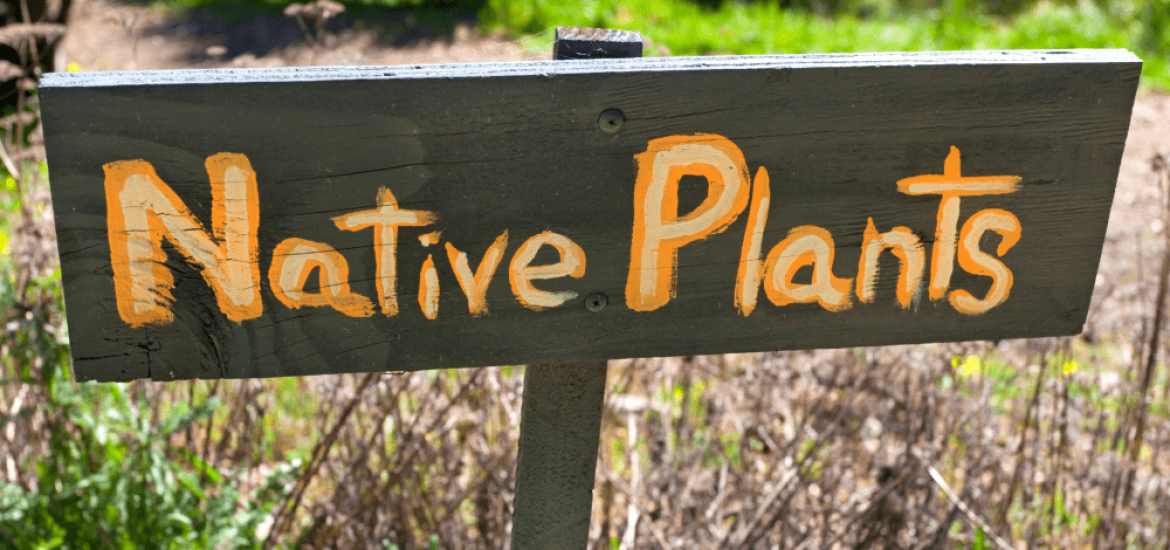Happy spring! As the weather gets warmer and the days become brighter, this time of the year becomes the perfect opportunity to add new plants to your garden.
If you like gardening, choosing to plant native plants from your region can help you save on water, fertilizers, and pesticides. Native plants easily adapt to new environments and are uncomplicated to take care of. If you have native plants at home, you eliminate the use of mowers and big water bills. They grow in harmony with the environment and self-sustain over time. Set the right conditions for your native plants to thrive and watch a beautiful garden unfold in and around your house.
Below are some tips on how to get started planting natives.
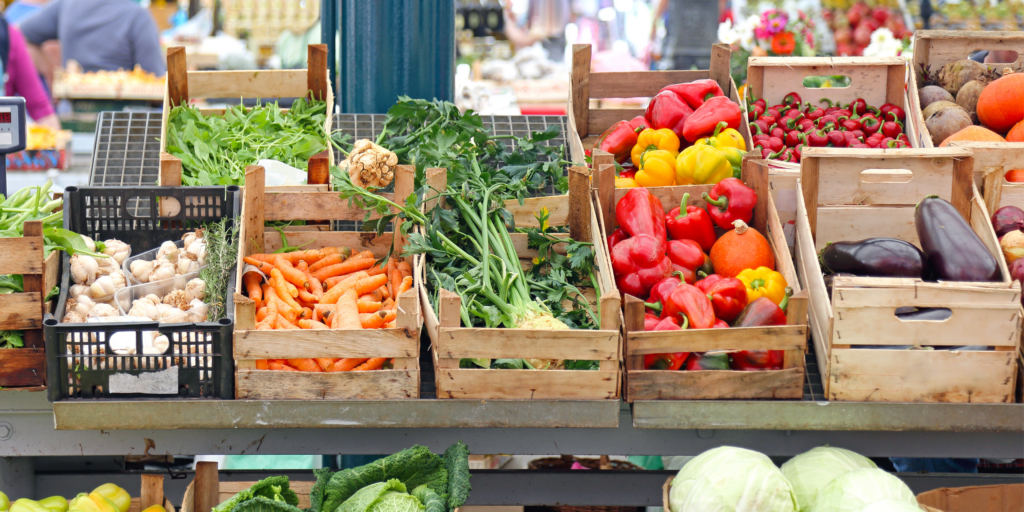
- Get Familiar with native plants.
Check how big native plants grow, what they look like, and which grow in areas similar to your yard. Access these online Native Planting Guides and Native Gardening Resources by the California Native Plant Society for a complete list of native plants organized by region or visit you local botanical garden!
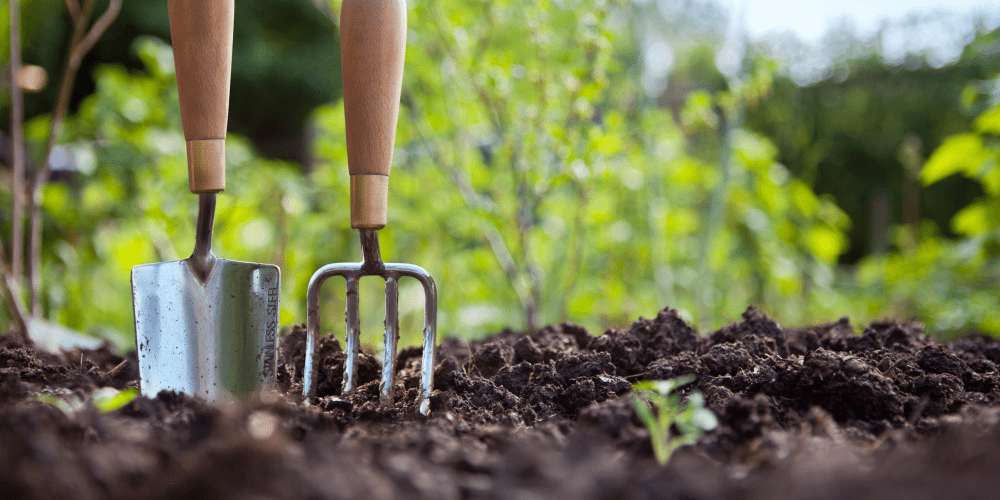
- Group plants with similar needs.
An easy way to organize your native garden is to determine each plant’s need for shade or sun. Usually, California native plants need adequate drainage and uncrowded conditions. Group together based on their needs.
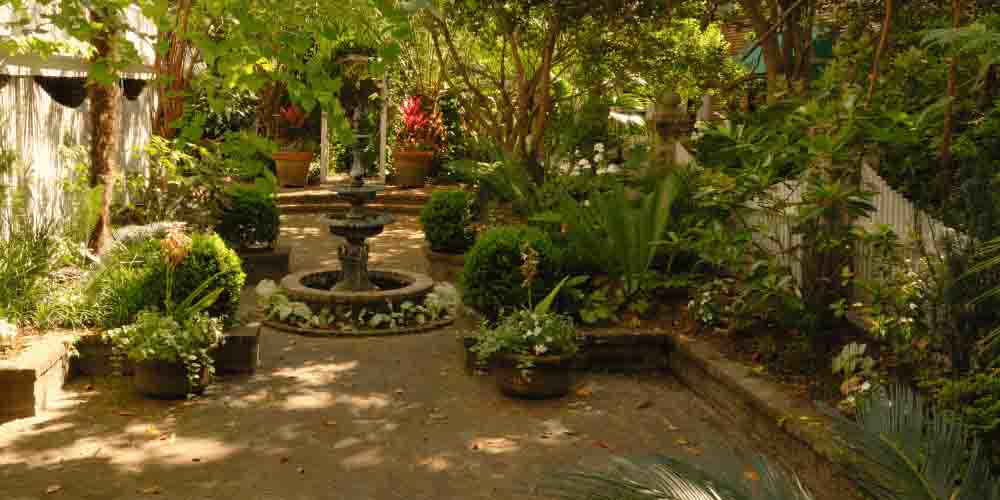
- Incorporate other natural features.
Get creative and add some boulders, rocks, pebbles, stones, or mounds around your plants. Check out this article about Landscaping Ideas with Rocks and how to add some unique character to your backyard!
- Consider when you are planting.
Planting in late fall is optimal, but winter and spring also have ideal conditions. Avoid planting during the heat of the summer and give plants enough time to grow strong before peak weather season.
- Fire Safety Plants
Given that native plants are small in size, low to the ground, and have limited water needs, these types of gardens are a safe choice against fire. Native plants don’t contain oils or resins that are best in areas of high fire risk. Check your local nursery for more advice on fire-resistant plants best for your area.
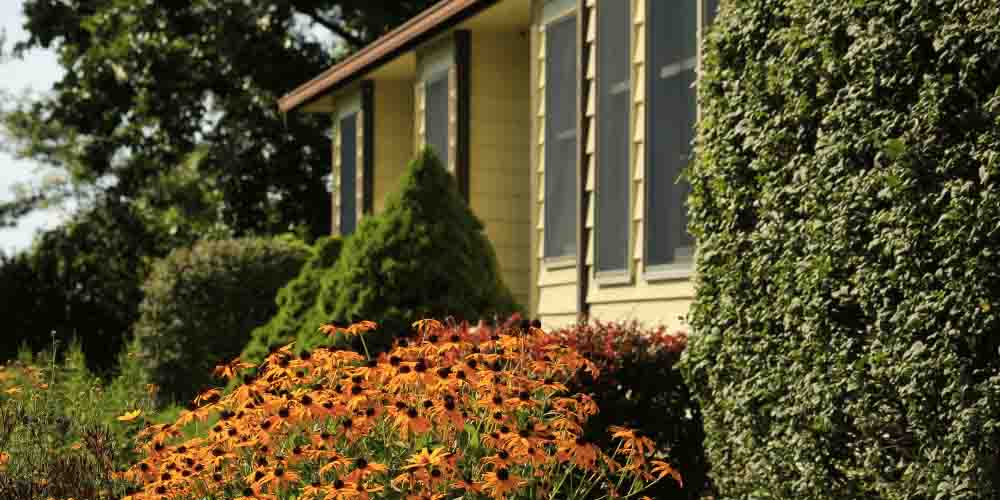
Happy gardening! Please consider throwing your yard waste into the green organics bin. Visit wastefreesd.org and find more information about Green Bins and organic waste services available to your home!

